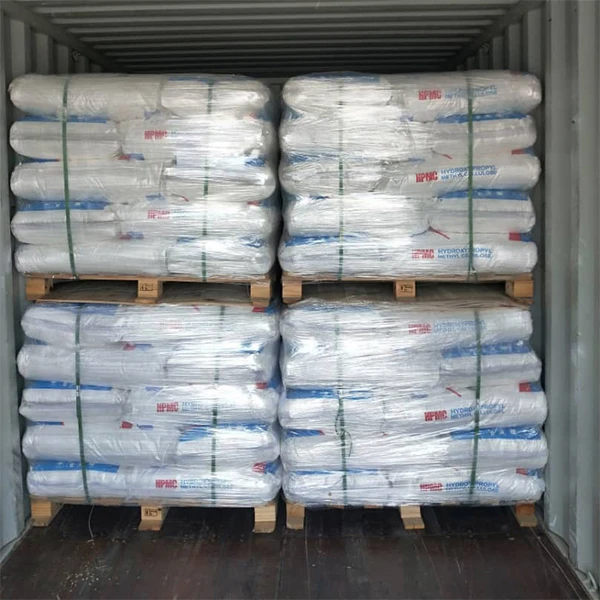The Versatile World of Cellulose Glue
In the realm of adhesives, cellulose glue stands out as a historically significant and environmentally friendly option. Derived from cellulose, a natural polymer found in plant cell walls, this type of glue is prized for its versatility and non-toxic properties. As we explore the benefits, applications, and future prospects of cellulose glue, it becomes clear that it plays an essential role in both industrial and everyday contexts.
What is Cellulose Glue?
Cellulose glue is a type of adhesive that is made from modified cellulose derivatives. These derivatives include cellulose nitrate and cellulose ethers, which enhance the adhesive properties of the base material. The primary characteristic of cellulose glue is its ability to form a strong bond when dried, which makes it suitable for various applications, including woodworking, bookbinding, and other crafts. Unlike synthetic alternatives, cellulose glue is typically water-based, making it easy to clean up and less harmful to the environment.
Benefits of Cellulose Glue
One of the standout features of cellulose glue is its eco-friendliness. As it is derived from natural plant materials, it can be a more sustainable choice compared to petroleum-based adhesives. This characteristic is particularly appealing to environmentally conscious consumers and industries. Additionally, cellulose glue is non-toxic, which means it is safer for users, especially in applications involving children or in enclosed spaces, where fumes from traditional adhesives can pose health risks.
Another advantage of cellulose glue is its excellent adhesion qualities to porous materials. It works particularly well with wood, paper, and cloth, making it a favorite among craftsmen and artists. The glue penetrates the fibers of these materials, creating a robust bond once dried. Moreover, cellulose glue is known for its flexibility after drying, allowing it to accommodate slight movements without cracking or losing adhesion.
Applications of Cellulose Glue
cellulose glue

The applications of cellulose glue are vast and varied. In the woodworking industry, it is often used for laminating, veneering, and in furniture production due to its ability to create strong joints. Craft enthusiasts also gravitate towards cellulose glue for paper crafts, card making, and scrapbooking, as it dries clear and does not warp the materials.
In the field of bookbinding, cellulose glue is a traditional choice. It is used to bind the pages of the book together and attach covers, ensuring durability and longevity. Artists also utilize cellulose glue in mixed media projects, combining it with various materials to achieve unique effects.
Additionally, cellulose glue has found its way into the textile industry, where it is used for bonding fabrics and applying coatings. Its versatility means that it can cater to both rigid and flexible materials, making it an indispensable tool in many production processes.
Future of Cellulose Glue
Looking ahead, the demand for sustainable and non-toxic adhesives is likely to grow. As more industries pivot towards eco-friendly practices, cellulose glue is well-positioned to meet this demand. Innovations in cellulose glue formulations are already underway, aimed at improving performance characteristics while maintaining its natural origins.
Furthermore, the increasing awareness of health and environmental impacts associated with synthetic adhesives provides a unique opportunity for cellulose glue to expand its market share. Through ongoing research and development, cellulose glue can evolve to meet the needs of modern applications without compromising its eco-friendly attributes.
Conclusion
In conclusion, cellulose glue serves as a remarkable example of how natural materials can be effectively utilized in various adhesive applications. Its unique benefits—such as eco-friendliness, non-toxicity, and strong bonding capabilities—make it a valuable choice for both industrial and domestic use. As the world moves towards more sustainable practices, cellulose glue will undoubtedly remain at the forefront of adhesive technology, proving that the simplest solutions can often be the most effective. Whether in the workshop, the classroom, or the studio, cellulose glue is a testament to the power of nature in creating functional and safe products.
-
Rdp Powder: Key Considerations for Wholesalers in the Building Materials IndustryNewsJul.08,2025
-
Key Considerations for Wholesalers: Navigating the World of Hpmc - Based ProductsNewsJul.08,2025
-
Hpmc Detergent: Key Considerations for WholesalersNewsJul.08,2025
-
Key Considerations for Wholesalers: China Hpmc For Tile Adhesive, Coating Additives, Concrete Additives, and MoreNewsJul.08,2025
-
Crucial Considerations for Wholesalers: Navigating the World of Construction MaterialsNewsJul.08,2025
-
Key Considerations for Wholesalers Sourcing Additive For Cement, Additive For Concrete, Additive For Putty from Additive Manufacturer Shijiazhuang Gaocheng District Yongfeng Cellulose Co., Ltd.NewsJul.08,2025




